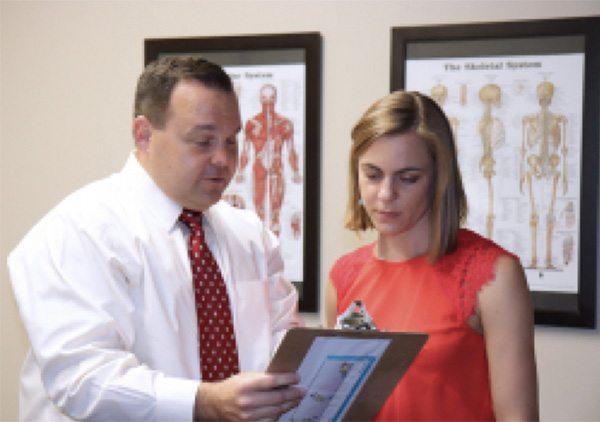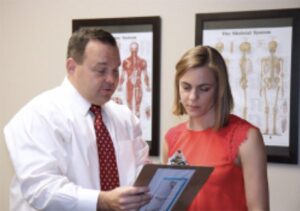UF Researchers Identify Patient Factors Associated with Persistent Musculoskeletal Pain

 As healthcare providers and policymakers look for ways to address opioid misuse, knowing who may be at risk for developing chronic pain could be an important tool for prevention.
As healthcare providers and policymakers look for ways to address opioid misuse, knowing who may be at risk for developing chronic pain could be an important tool for prevention.
A new University of Florida study has pinpointed patient characteristics associated with long-term musculoskeletal pain. Researchers say the information could help physical therapists and other clinicians identify at-risk patients and better tailor treatments to control their pain and potentially limit prescription of opioid medications for pain.
The UF scientists found that patients who had greater initial pain, a higher number of other health problems, additional symptoms from other body systems and more pain-related psychological distress were more likely to continue to have pain one year after treatment.
“Musculoskeletal pain is very common and one of the leading causes of disability,” said Jason Beneciuk, Ph.D., D.P.T., M.P.H., a research assistant professor in the department of physical therapy in the UF College of Public Health and Health Professions, part of UF Health. “Being able to predict who will develop long-standing musculoskeletal pain will allow for better use of nonpharmacological treatment options, such as physical therapy.”
The UF study was designed to test the capability of a variety of screening tools for predicting persistent pain. The study included more than 400 patients receiving physical therapy for low back, neck, knee or shoulder pain at nine health care centers across the country.
At the one-year mark, 36 percent of patients were still experiencing persistent musculoskeletal pain. These patients had higher levels of pain at baseline, a greater number of other health problems and more pain-related psychological distress. The long-term pain predictors were the same across patients being treated for low back, neck, knee and shoulder pain.
“In the United States, we are embarking on an era in health care where nonpharmacological alternatives are being recommended as the primary treatment options for common musculoskeletal pain conditions,” Beneciuk said. “This is a real opportunity for physical therapy and other nonpharmacological treatments to help prevent patients from transitioning to chronic pain.”